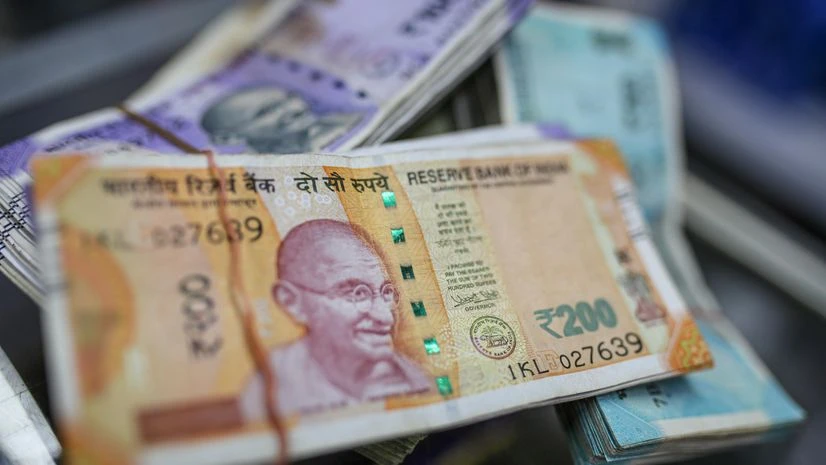)
The rupee is underperforming Asian currencies as foreigners turn net sellers of stocks on risk-off sentiment. Image: Bloomberg
The Indian rupee slumped from emerging Asia’s best-performing currency at the start of the year to among the worst this quarter, and the decline will likely extend.
The currency tested successive lows in recent days amid outflows from local stocks following a hike in equity taxes and dollar demand from importers. Any indication of a dovish shift in the central bank’s Aug. 8 policy may further push the rupee lower.
Barclays Plc sees it weakening to 83.85 versus the dollar in the near term, while Morgan Stanley has set a target of under 85.2 in a year’s time for the dollar-rupee pair. The rupee ended at 83.75 on Friday, down 1.3 per cent from its 2024 peak in March.
)
Although the RBI is expected to hold rates this week, any shift toward a neutral monetary policy is likely to exert downward pressure on the rupee. The drop is expected to be gradual as the central bank may continue to closely manage the currency, allowing it to weaken incrementally while preventing excessive volatility.
“We believe that the RBI will give USD/INR more flexibility,” Min Dai, a strategist at Morgan Stanley wrote in a note. The pair “grinding above 83.70 is a good indication.”
RBI’s interventions have made the rupee one of the least volatile currencies in the world. One of just a handful of currencies left unscathed by the red-hot dollar this year, it has been trading in a tight range. Its peers have swung from losses to gains after a weakening in the dollar on Federal Reserve rate-cut expectations.
The rupee’s relative stability against the dollar also made it a favorite for carry traders seeking to benefit from the interest-rate differentials. Many of these trades got disrupted after the recent resurgence in the Japanese yen, a top carry-trade funding currency.
The local currency’s recent underperformance is partly due to a carry trade unwind, Barclays analysts, including Shreya Sodhani and Mitul Kotecha, wrote in a note last week. “Over the medium term we expect gradual rupee depreciation.”
First Published: Aug 05 2024 | 8:23 AM IST































